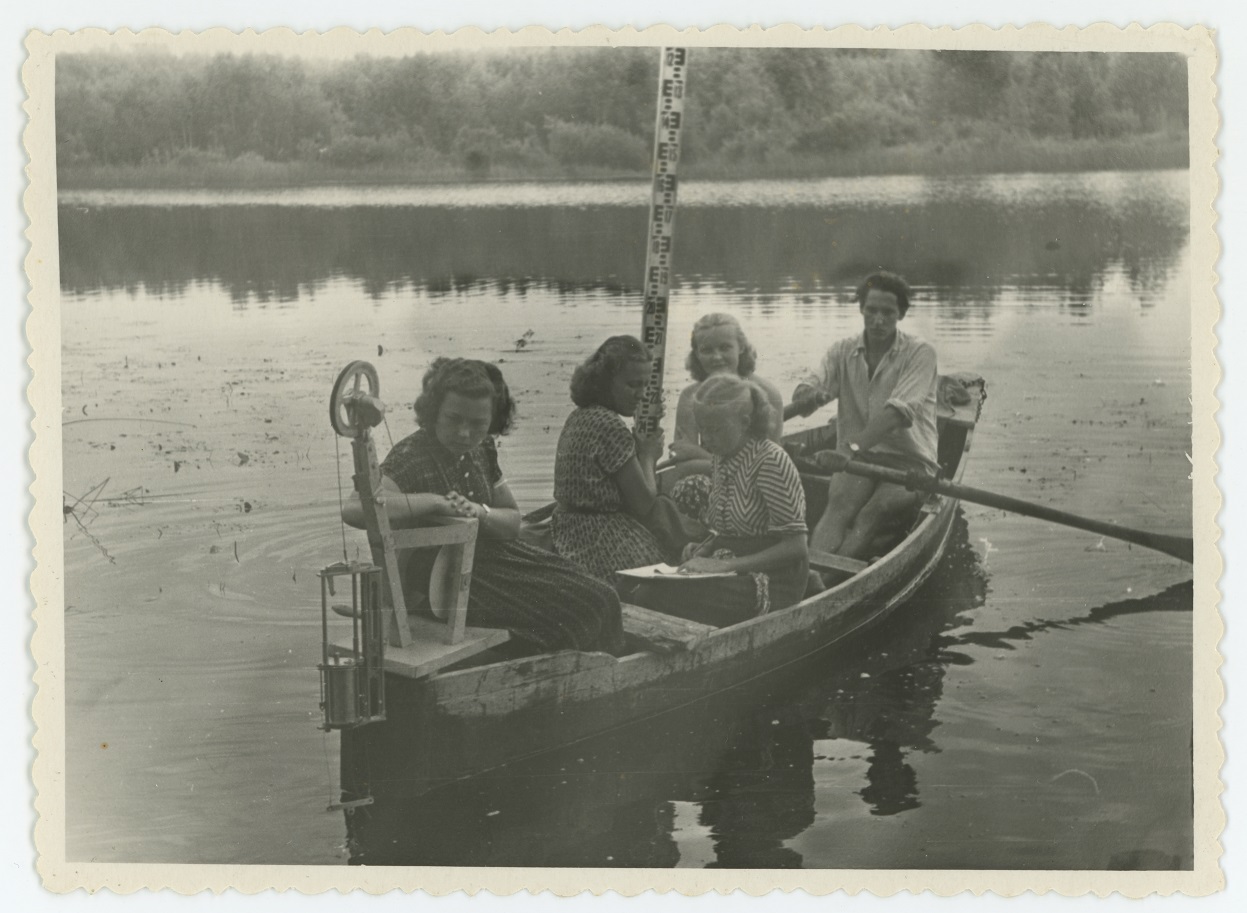Üliõpilaste valmistatud mikroskoobipreparaatide komplektid Tartu Ülikooli muuseumis
Sets of microscopic samples developed by the students of University of Tartu in the first half of the 20th century
DOI:
https://doi.org/10.15157/tyak.v46i0.14606Abstract
In this article, five different sets of microscopic samples developed
by the students of the University of Tartu during their studies in the
period of 1917–49 are examined. The sets were donated to the University
of Tartu by the students or their relatives and friends. The
article provides details of the biographies of all authors as well as an
overview of the contents of the sample kits.
Professor Albert Valdes, who studied at the University of Tartu
from 1908 to 1914, developed a collection of 52 microscopic samples
(UAM_1166:1-52) and these were donated to the university by Mrs
Mare Viiralt and Valdes’s daughter Mrs Viiu Sillastu. The writings
on the samples are in both Russian and Latin, some also in Estonian.
Most of the samples belong to the field of anatomical pathology.
Hilja Pauline Tulp entered the University of Tartu in 1924 to
study mathematics and natural sciences and graduated cum laude
in 1930. A special box of microscopic samples developed by her
(UAM_584:1-128) in 1928 contains 128 samples, including both zoological
and botanical items.
Ermine Leontine Paluoja (Peterson) entered the Faculty of Medicine
at the University of Tartu in 1932. There were hiatuses in her
studies due to financial and personal reasons. Paluoja left the university
in 1946 due to a high workload and applied to re-enter in 1948.
In her second semester in 1939 she developed a set of microscopic
samples (UAM_1028:1-45) containing 45 samples of different human
growths and tumours.
Leonidia Orviku (Saar) started voluntarily attending the University
of Tartu on 18 September 1922 whilst still in secondary school.
She officially commenced her studies on 16 September 1924. After
graduating from the university, she worked in Tartu and later went to
Tallinn. A set of microscopic samples developed by her (UAM_1095:1-
82) in 1940 contains 82 specimens, predominantly human tissues
and organs. She was a natural scientist and geologist and the set of
her samples were provided to the university by her family.
Maret Kask graduated the Tartu II Secondary School in 1945 and
entered the Department of Biology (Faculty of Mathematics and Natural
Sciences) of the University of Tartu. She graduated in 1950
with a biologist-botanist’s qualification. The set of her microscopic
samples (UAM_1043:1-42) were donated to the museum of the University
of Tartu by Maret Kask herself. The set was prepared in 1948
and contains 42 samples of various botanical items.
In conclusion, the kits of scientific samples described in this article
are considered very important material for illustrating practical
teaching and studying in the field of natural sciences and medicine in
the first half of the 20th century. Most samples are very well preserved
and can still be used, viewed and further studied in the Estonian
Museum Information System MuIS (https://www.muis.ee).

